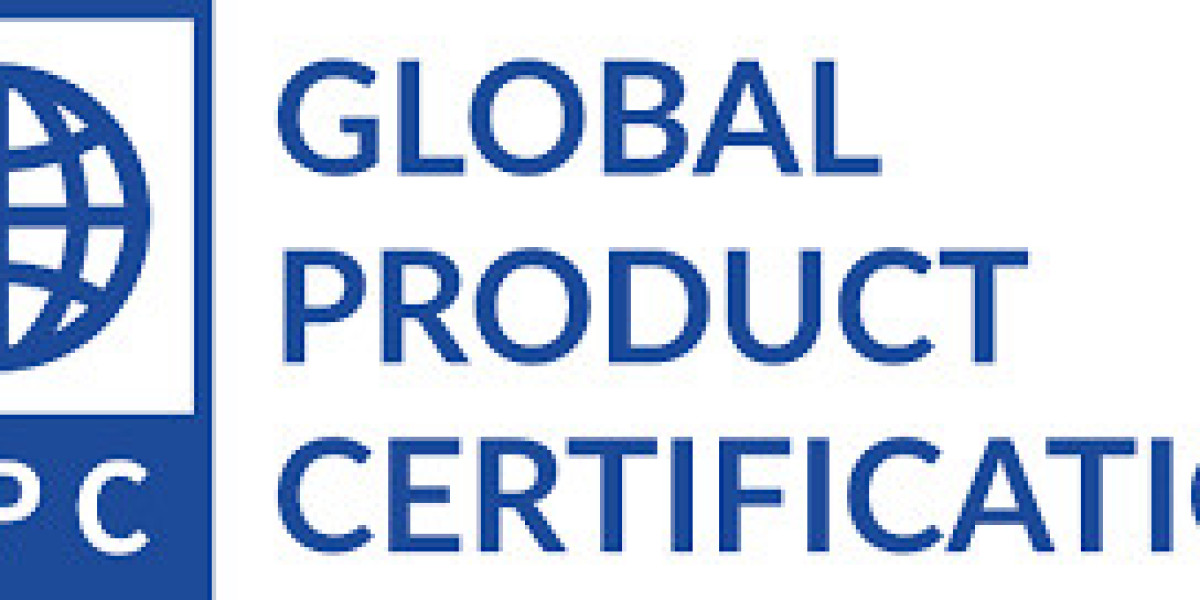In today's interconnected economy, businesses must navigate a complex web of regulations and standards to ensure their products meet global market requirements. Worldwide product approvals are essential for companies seeking to expand internationally. This process helps manufacturers comply with local regulations, safeguarding product quality and safety. In this article, we will explore the importance of worldwide product approvals, the steps involved in obtaining them, and how companies can streamline the process for faster market entry.
Importance of Worldwide Product Approvals
Global product approval is critical for several reasons:
- Legal Compliance: Each country has specific regulations governing the sale of products. Compliance with these regulations is essential to avoid penalties or product recalls.
- Market Access: Without proper approvals, companies cannot legally sell products in certain regions, limiting their market potential.
- Consumer Safety: Product approval ensures that items meet safety standards, protecting consumers from harm.
- Brand Reputation: Obtaining worldwide product approvals reflects positively on a company's brand, building trust among consumers and stakeholders.
Key Regulatory Bodies for Product Approvals
Different regions have various regulatory authorities responsible for approving products for sale. Some of the most notable agencies include:
1. CE Marking (Europe)
CE marking is a requirement for many products sold within the European Union (EU). It signifies that the product complies with EU safety, health, and environmental protection standards. Some of the products requiring CE marking include medical devices, toys, machinery, and electrical equipment.
2. FDA (USA)
The U.S. Food and Drug Administration (FDA) regulates food, drugs, medical devices, cosmetics, and more. To sell certain products in the U.S., companies must obtain FDA approval to ensure they meet stringent safety and quality standards.
3. CCC (China)
The China Compulsory Certification (CCC) is a mandatory safety mark for products in China, similar to the CE marking in Europe. The certification covers products such as electrical equipment, automobiles, and household appliances.
4. JIS (Japan)
The Japanese Industrial Standards (JIS) govern product safety and performance in Japan. Many industries, including electronics, automotive, and chemicals, must comply with JIS standards.
5. RoHS (Global)
The Restriction of Hazardous Substances (RoHS) directive, initially adopted by the European Union, restricts the use of specific hazardous materials in electrical and electronic products. It is now a global standard that companies worldwide must follow to reduce environmental and health risks.
Steps to Obtain Worldwide Product Approvals
Obtaining worldwide product approvals involves multiple steps, which may vary depending on the product and target market. Below is a general overview of the approval process:
1. Identify Regulatory Requirements
The first step is understanding the regulatory requirements of the target market. Companies must research the local standards, safety guidelines, and certification requirements.
2. Testing and Certification
Products must undergo rigorous testing to ensure compliance with the relevant standards. This can include safety, durability, performance, and environmental tests. Certified laboratories or third-party testing agencies usually carry out these tests.
3. Documentation
Proper documentation is crucial when seeking product approval. This includes test reports, compliance certificates, and detailed product descriptions. Some authorities may also require technical files or declarations of conformity.
4. Submission to Regulatory Bodies
After completing the testing and documentation, the next step is submitting the product for review by the appropriate regulatory body. The approval process can take several weeks to months, depending on the market and product category.
5. Continuous Compliance
Once a product receives approval, companies must ensure that it remains compliant throughout its lifecycle. This may involve periodic re-certification, auditing, or product testing to meet any new regulatory updates.
Challenges in Obtaining Worldwide Product Approvals
While obtaining worldwide product approvals is essential, the process can be challenging due to:
- Complex Regulations: Different countries have unique rules, making it difficult to create a one-size-fits-all approach.
- Time-Consuming Process: Securing approval can take months, delaying product launch and market entry.
- High Costs: Testing, certification, and documentation requirements can be expensive, especially for small businesses.
How to Streamline the Product Approval Process
To navigate the complexities of worldwide product approvals, companies can adopt several strategies:
1. Engage with Local Experts
Working with local regulatory experts and consultants can help businesses understand specific market requirements and streamline the approval process. These experts have in-depth knowledge of the local regulatory landscape and can provide invaluable insights.
2. Use Harmonized Standards
Many countries follow international standards such as ISO or IEC. By designing products to meet these harmonized standards, companies can avoid the need for multiple certifications in different markets.
3. Leverage Technology
Companies can use digital tools and platforms that help manage the product approval process. These tools enable companies to track applications, monitor regulatory changes, and ensure ongoing compliance.
4. Partner with Accredited Testing Labs
Working with accredited testing labs familiar with global regulations ensures that the testing process is accurate and accepted across different markets.
The Future of Global Product Approvals
The landscape of product approvals is constantly evolving. With increasing globalization and technological advancements, there may be further harmonization of regulations across borders. Additionally, governments may invest in creating streamlined approval processes to foster innovation and economic growth.
Emerging technologies, such as artificial intelligence (AI) and blockchain, could play a significant role in automating product testing, certification, and approval, reducing the time and costs associated with compliance.
Conclusion
Worldwide product approvals are a crucial part of doing business on a global scale. By understanding the regulatory requirements, navigating challenges, and leveraging best practices, companies can ensure their products meet international standards and gain access to new markets. Preparing for compliance and approval from the outset not only speeds up time-to-market but also safeguards consumer trust and brand reputation in an increasingly competitive marketplace.



